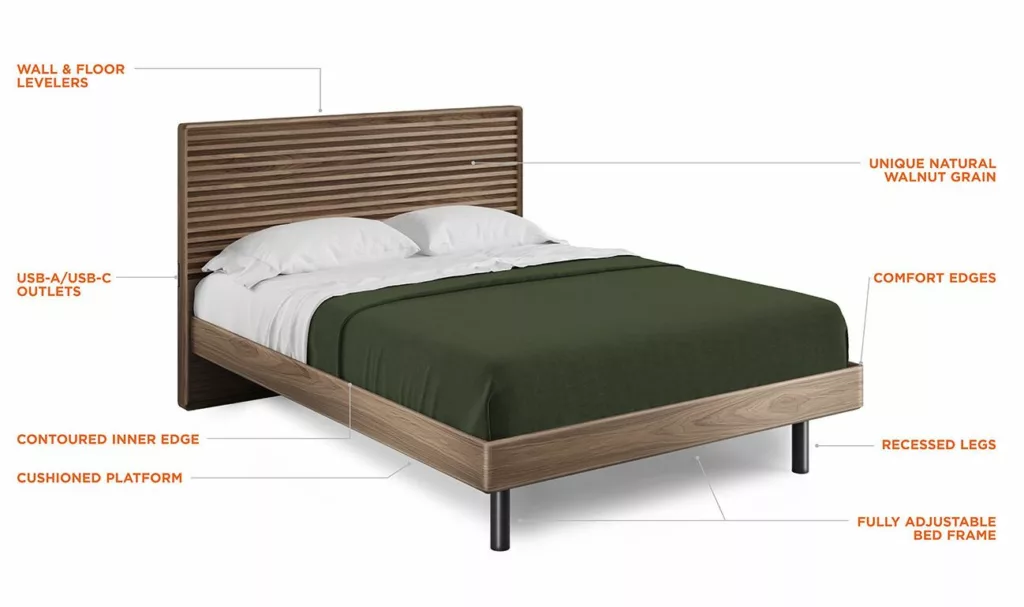In the ever-evolving landscape of interior design and home decor, the role of furniture extends beyond mere functionality. Today, furniture is considered a significant element that contributes to the overall aesthetics and ambiance of a living space. The question arises: Is furniture a liability or an asset in the context of remodern living? This article delves into the multifaceted aspects of furniture, exploring its impact on our homes and lives.
I. The Evolution of Furniture:
To comprehend the contemporary significance of furniture, it’s crucial to trace its evolution through the ages. From basic utilitarian pieces to elaborate works of art, furniture has evolved alongside societal changes, reflecting cultural, economic, and technological shifts. Understanding this evolution provides insights into the intrinsic value of furniture in the modern home.
II. Functionality and Comfort:
At its core, furniture serves a practical purpose, providing comfort, support, and convenience. In the context of remodern living, the functionality of furniture cannot be overstated. Ergonomically designed pieces contribute to the well-being of occupants, promoting a healthier and more comfortable lifestyle. Examining how furniture meets the needs of contemporary living spaces sheds light on its potential as an asset.
III. Aesthetic Considerations:
In the age of Instagram-worthy interiors and Pinterest-inspired decor, the aesthetic appeal of furniture plays a pivotal role. Beyond serving functional purposes, furniture acts as a form of self-expression and contributes to the visual harmony of a space. From minimalist Scandinavian designs to opulent, vintage-inspired pieces, the aesthetic choices in furniture define the character of a home and its inhabitants.
IV. Quality and Durability:
As consumers, the longevity and durability of furniture are paramount considerations. Investing in high-quality pieces not only ensures a longer lifespan but also positions furniture as a tangible asset. Exploring the correlation between craftsmanship, materials, and durability illuminates the financial and practical implications of choosing furniture wisely.
V. Trends and Transience:
The world of furniture design is not immune to trends. However, the transient nature of trends raises questions about the longevity of furniture choices. Balancing the desire for contemporary aesthetics with timeless appeal becomes crucial in determining whether furniture is an asset or a fleeting liability. This section explores the intersection of trends and enduring design principles.
VI. Environmental Impact:
In an era marked by growing environmental consciousness, the impact of furniture on sustainability cannot be ignored. From materials sourcing to manufacturing processes and end-of-life disposal, understanding the ecological footprint of furniture contributes to the broader discourse on responsible consumption. Is sustainable furniture a liability or an asset? This section delves into the environmental implications of our furniture choices.
VII. Emotional Connection:
Furniture often holds sentimental value, transcending its functional and aesthetic roles. Family heirlooms, antique pieces, or items with personal histories contribute to the emotional connection we have with our living spaces. Exploring the emotional aspect of furniture ownership sheds light on its intangible value and the potential for creating a sense of home.
Conclusion:
In the intricate tapestry of remodern living, furniture emerges as a dynamic force that goes beyond being a mere fixture. Its impact is nuanced, encompassing functionality, aesthetics, quality, sustainability, and emotional resonance. By understanding the multifaceted nature of furniture, individuals can make informed choices that align with their values and contribute to the creation of living spaces that are both meaningful and enduring. Whether viewed as a liability or an asset, furniture remains a key player in shaping the way we experience and interact with our homes. Visit us!
